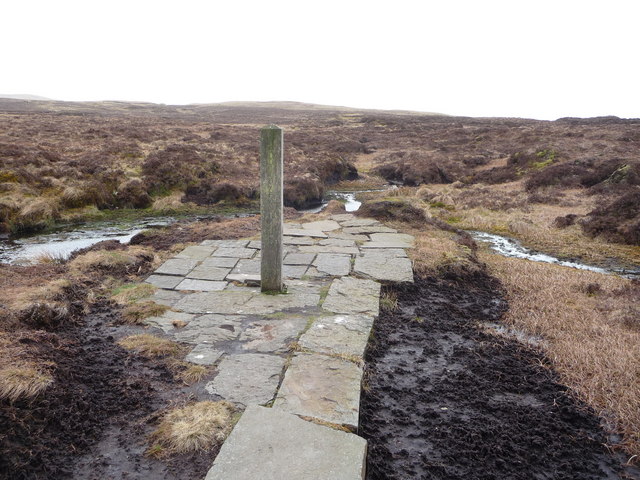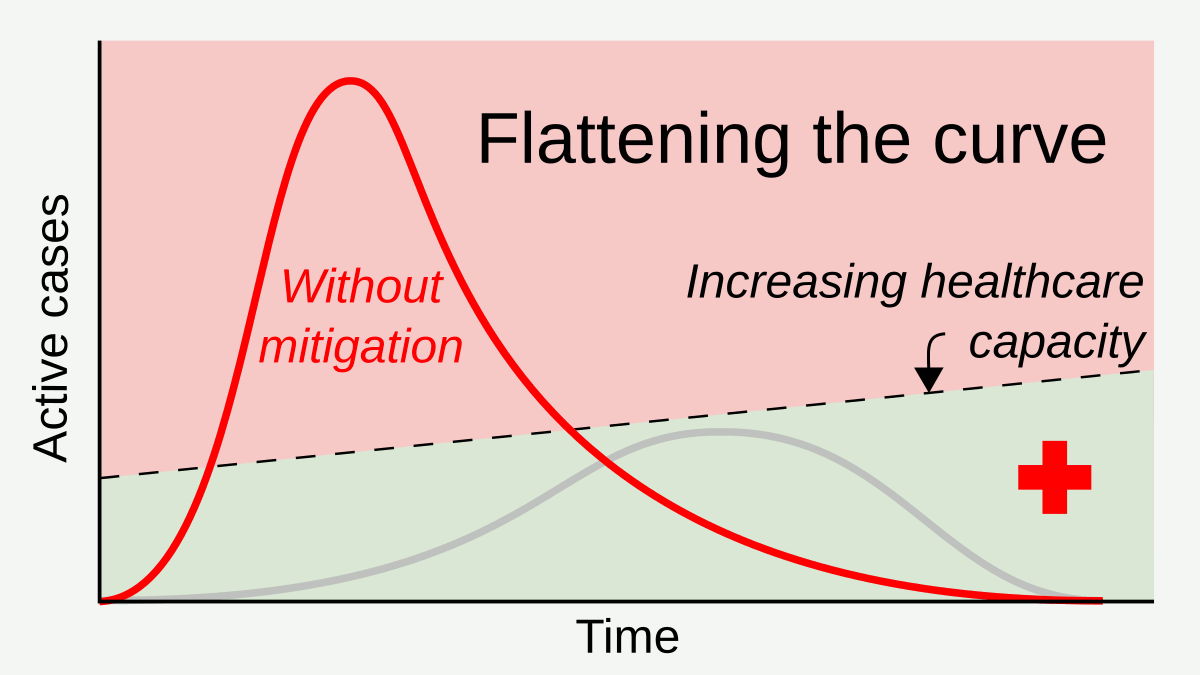|
Welsh Bridge (Shrewsbury)
The Welsh Bridge is a masonry arch bridge, arch viaduct in the town of Shrewsbury, England, which crosses the River Severn. It connects Frankwell with the town centre. It is a Grade II* listed building. The bridge is located north-west of Shrewsbury whereas its "sister bridge", the English Bridge, is located too the east of the town. The bridge was designed and built from 1793 to 1795 by John Tilley and John Carline (whose John Carline, namesake father was a mason on the English Bridge), who had built Montford Bridge for Thomas Telford. It replaced the medieval St George's Bridge. Four of the arches span (architecture), span 43 feet 4 inches, while the fifth and central arch is 46 feet 2 inches, and there is a narrower towpath arch on north end. The bridge is 30 feet wide, and built from Grinshill sandstone. In total it is 266 feet long. It was completed in 1795 at a cost of £8,000. On the south end of the bridge, on the junction with Victoria Avenue, one of the par ... [...More Info...] [...Related Items...] OR: [Wikipedia] [Google] [Baidu] |
Welsh Bridge, Shrewsbury 2 June 2021
Welsh may refer to: Related to Wales * Welsh, of or about Wales * Welsh language, spoken in Wales * Welsh people, an ethnic group native to Wales Places * Welsh, Arkansas, U.S. * Welsh, Louisiana, U.S. * Welsh, Ohio, U.S. * Welsh Basin, during the Cambrian, Ordovician and Silurian geological periods Other uses * Welsh (surname), including a list of people with the name * Welsh pig, a breed of domestic pig See also * * * Welch (other) * Welsch, a surname {{Disambiguation Language and nationality disambiguation pages ... [...More Info...] [...Related Items...] OR: [Wikipedia] [Google] [Baidu] |
Towpath
A towpath is a road or trail on the bank of a river, canal, or other inland waterway. The purpose of a towpath is to allow a land vehicle, Working animal, beasts of burden, or a team of human pullers to tow a boat, often a barge. This mode of transport was common where sailing was impractical because of tunnels and bridges, unfavorable winds, or the narrowness of the channel. After the Industrial Revolution, towing became obsolete when engines were fitted on boats and when railway transportation superseded the slow towing method. Since then, many of these towpaths have been converted to Multi-use trail#Multi-use trails, multi-use trails and footpaths. They are still named towpaths — although they are now only occasionally used for the purpose of towing boats. History Early inland waterway transport used the rivers, and while barges could use sails to assist their passage when winds were favourable or the river was wide enough to allow tacking, in many cases this was not ... [...More Info...] [...Related Items...] OR: [Wikipedia] [Google] [Baidu] |
Bridges Completed In 1795
A bridge is a structure built to span a physical obstacle (such as a body of water, valley, road, or railway) without blocking the path underneath. It is constructed for the purpose of providing passage over the obstacle, which is usually something that is otherwise difficult or impossible to cross. There are many different designs of bridges, each serving a particular purpose and applicable to different situations. Designs of bridges vary depending on factors such as the function of the bridge, the nature of the terrain where the bridge is constructed and anchored, the material used to make it, and the funds available to build it. The earliest bridges were likely made with fallen trees and stepping stones. The Neolithic people built boardwalk bridges across marshland. The Arkadiko Bridge, dating from the 13th century BC, in the Peloponnese is one of the oldest arch bridges in existence and use. Etymology The ''Oxford English Dictionary'' traces the origin of the word ''bridg ... [...More Info...] [...Related Items...] OR: [Wikipedia] [Google] [Baidu] |
Porthill Bridge
Porthill Bridge, also often referred to as Port Hill Footbridge, is a suspension bridge for pedestrians crossing the River Severn in Shrewsbury, Shropshire, England. It connects Porthill with the Quarry and the town centre. Next to it on the Porthill side is the Boathouse public house A pub (short for public house) is in several countries a drinking establishment licensed to serve alcoholic drinks for consumption Licensing laws of the United Kingdom#On-licence, on the premises. The term first appeared in England in the ... and Becks Field – both Quarry Park and Becks Field are extensive open green spaces largely preserved from building by their propensity to flood. Porthill Bridge experiences significant vibration, even when few people are crossing it – and has done since it was installed. Local pedestrians mostly accept this eccentricity as part of the bridge's charm. A ferry operated here until the bridge was built in 1922 by David Rowell & Co. One of the pos ... [...More Info...] [...Related Items...] OR: [Wikipedia] [Google] [Baidu] |
List Of Crossings Of The River Severn
This is a list of crossings of the River Severn in Great Britain (including bridges, tunnels, ferries and fords), in order from source to mouth. The Severn has historically been a very important and busy river, and has been bridged throughout history. The bridges that stand today are often of great historical and/or engineering interest. For example, the world's first iron bridge, The Iron Bridge, built from cast iron, crosses the River Severn at Ironbridge Gorge. The Iron Bridge is one of three bridges on the River Severn that are listed as grade I structures, including Bewdley Bridge and the Severn Bridge, which was opened in 1966. In total, 31 bridges that cross the River Severn are listed, either grade I, II* or II. Four bridges are scheduled monuments, including The Iron Bridge, which are nationally important archaeological bridges. Many reaches of the Severn are prone to severe flooding, prompting the design of some unique bridges to cope with this. There were histor ... [...More Info...] [...Related Items...] OR: [Wikipedia] [Google] [Baidu] |
COVID-19 Pandemic In The United Kingdom
The COVID-19 pandemic in the United Kingdom is a part of the worldwide pandemic of coronavirus disease 2019 (COVID-19) caused by severe acute respiratory syndrome coronavirus 2 (SARS-CoV-2). In the United Kingdom, it has resulted in confirmed cases, and is associated with deaths up to 26 January 2025. The virus began circulating in the country in early 2020, arriving primarily from travel elsewhere in Europe. Various sectors responded, with more widespread public health measures incrementally introduced from March 2020. The first wave was at the time one of the world's largest outbreaks. By mid-April the peak had been passed and restrictions were gradually eased. A second wave, with a new variant that originated in the UK becoming dominant, began in the autumn and peaked in mid-January 2021, and was deadlier than the first. The UK started a COVID-19 vaccination programme in early December 2020. Generalised restrictions were gradually lifted and were mostly ended by Augus ... [...More Info...] [...Related Items...] OR: [Wikipedia] [Google] [Baidu] |
Social Distancing
In public health, social distancing, also called physical distancing, (NB. Regula Venske is president of the PEN Centre Germany.) is a set of non-pharmaceutical interventions or measures intended to prevent the spread of a contagious disease by maintaining a physical distance between people and reducing the number of times people come into close contact with each other. It usually involves keeping a certain distance from others (the distance specified differs from country to country and can change with time) and avoiding gathering together in larger groups. By minimising the probability that a given uninfected person will come into physical contact with an infected person, the disease transmission can be suppressed, resulting in fewer deaths. The measures may be used in combination with other public health recommendations, such as good respiratory hygiene, use of face masks when necessary, and hand washing. To slow down the spread of infectious diseases and avoid overb ... [...More Info...] [...Related Items...] OR: [Wikipedia] [Google] [Baidu] |
Grinshill
Grinshill is a small village, and civil parish in Shropshire, England, United Kingdom. The parish is one of the smallest in the district. The population of the civil parish at the 2011 census was 274. Grinshill Hill rises above the village to above sea level. Grinshill is near (east) to the village of Clive. The A49 runs just further to the east of the village. The nearest railway station is at Yorton, a mile or so to the west. Stone has been quarried at Grinshill since at least the twelfth century. Grinshill stone is a Triassic sandstone that was described by the Pevsner Architectural Guides as the "pre-eminent" building stone of Shropshire, and has been used in buildings as varied as Haughmond Abbey, Shrewsbury railway station and Welsh Bridge. Most notably, Grinshill stone has been used to make the lintels and door surround of Number 10 Downing Street and in the building of Chequers. The village church is All Saints. Nearby is a mansion, Stone Grange, built in 1617 as ... [...More Info...] [...Related Items...] OR: [Wikipedia] [Google] [Baidu] |
Span (architecture)
In engineering, span is the distance between two adjacent structural supports (e.g., two piers) of a structural member (e.g., a beam). Span is measured in the horizontal direction either between the faces of the supports (clear span) or between the centers of the bearing surfaces (effective span): A span can be closed by a solid beam or by a rope. The first kind is used for bridges, the second one for power lines, overhead telecommunication lines, some type of antennas or for aerial tramways. Span is a significant factor in finding the strength and size of a beam as it determines the maximum bending moment and deflection. The maximum bending moment M_ and deflection \delta_in the pictured beam is found using: :M_ = \frac :\delta_ = \frac = \frac where :q = Uniformly distributed load :L = Length of the beam between two supports (span) :E = Modulus of elasticity :I = Area moment of inertia The maximum bending moment and deflection occur midway between the two ... [...More Info...] [...Related Items...] OR: [Wikipedia] [Google] [Baidu] |
Arch Bridge
An arch bridge is a bridge with abutments at each end shaped as a curved arch. Arch bridges work by transferring the weight of the bridge and its structural load, loads partially into a horizontal thrust restrained by the abutments at either side, and partially into a vertical load on the arch supports. A viaduct (a long bridge) may be made from a series of arches, although other more economical structures are typically used today. History Possibly the oldest existing arch bridge is the Mycenaean Greece, Mycenaean Arkadiko Bridge in Greece from about 1300 BC. The stone corbel arch bridge is still used by the local populace. The well-preserved Hellenistic Eleutherna Bridge has a triangular corbel arch. The 4th century BC Rhodes Footbridge rests on an early voussoir arch. Although true arches were already known by the Etruscans and ancient Greeks, the Ancient Rome, Romans were – as with the Vault (architecture), vault and the dome – the first to fully realize the ... [...More Info...] [...Related Items...] OR: [Wikipedia] [Google] [Baidu] |




